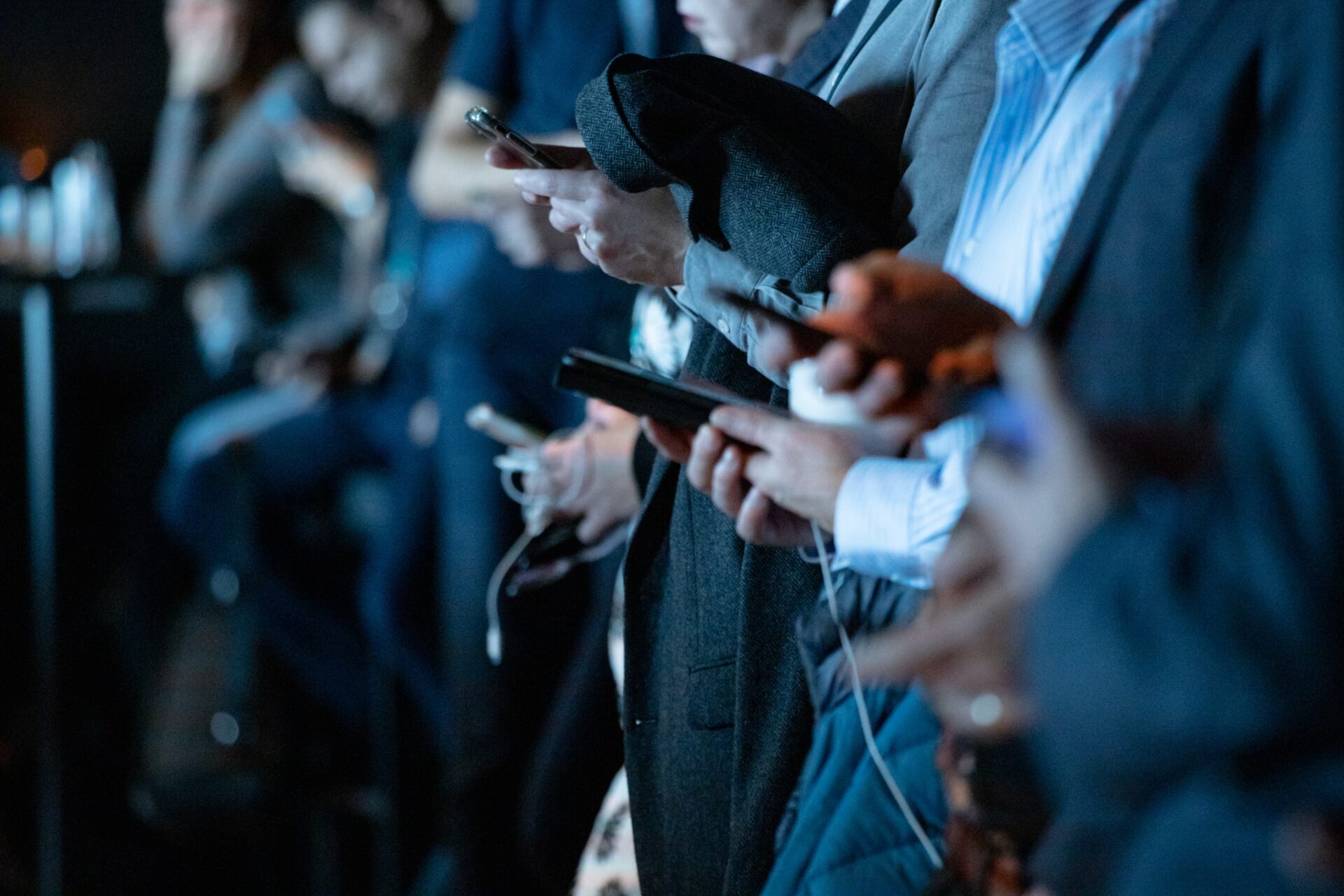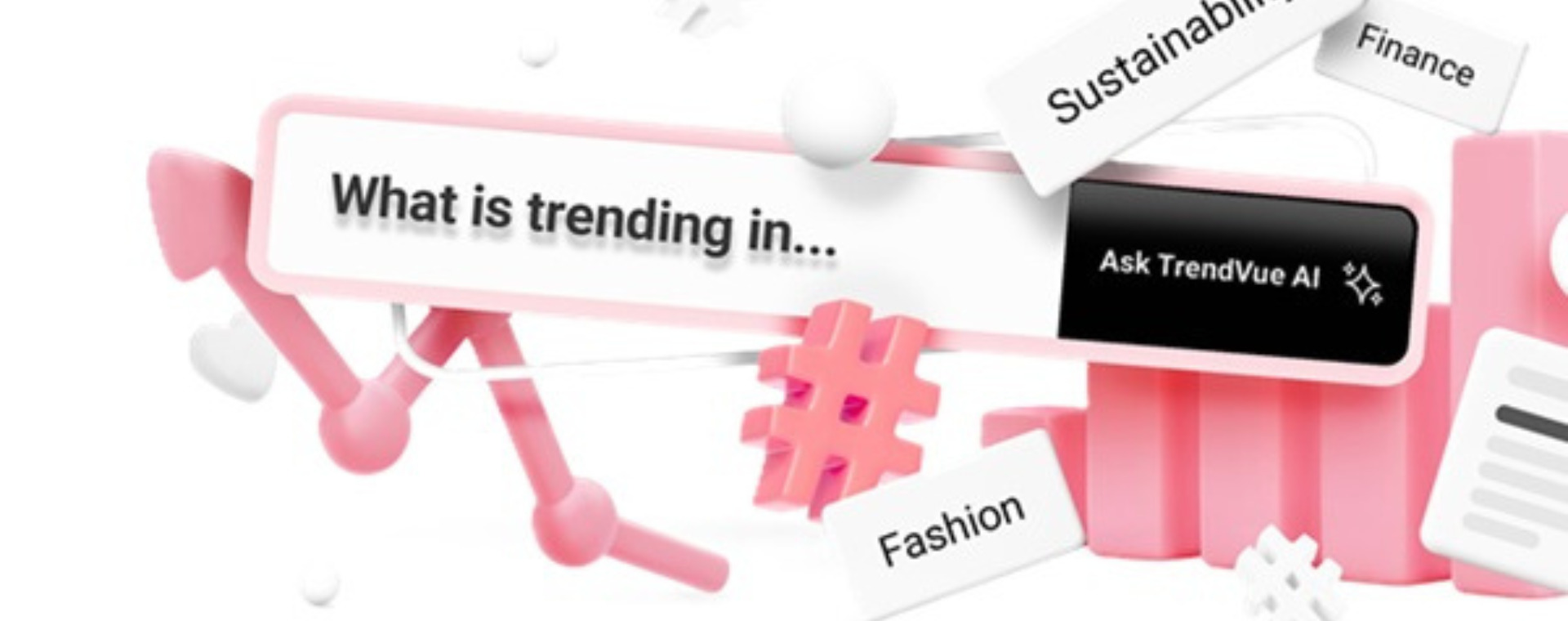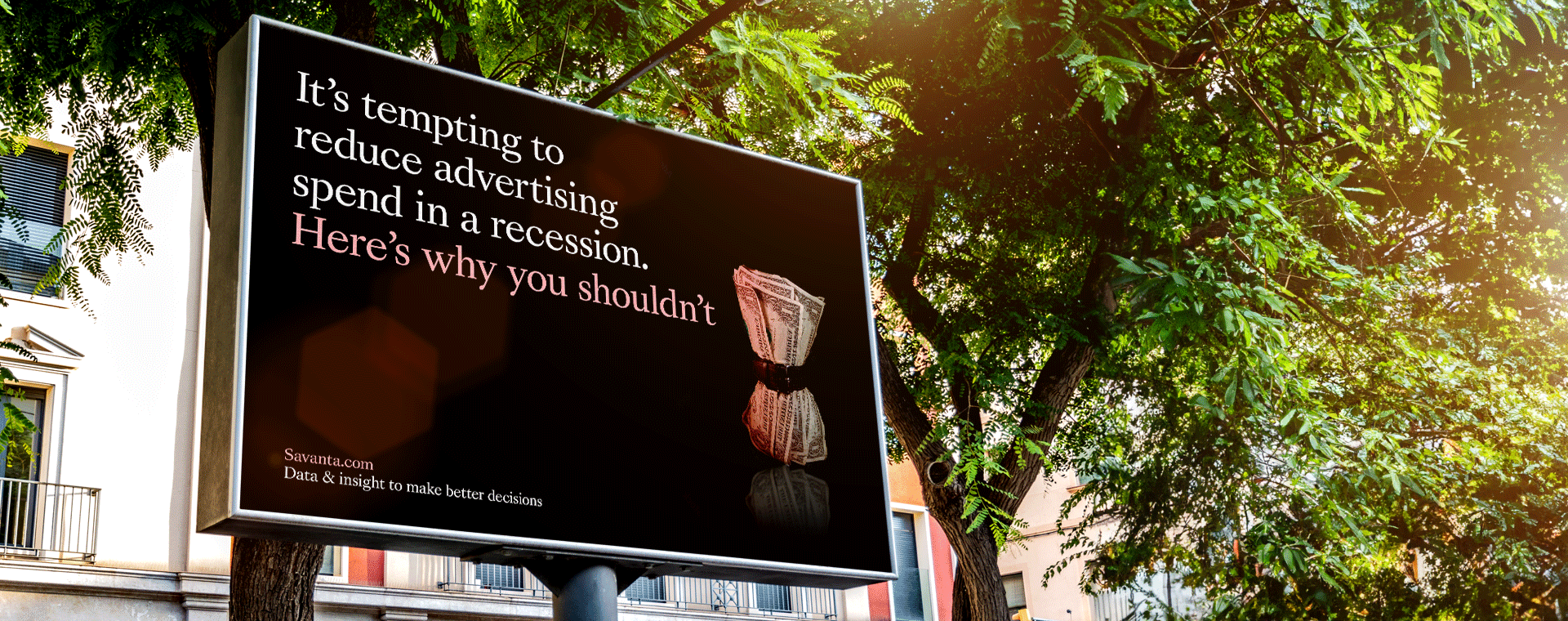
In an age where screens illuminate our every moment, the narratives we encounter in media and advertising have the power to mold our perspectives. This article embarks on a journey of diversity, equity, and inclusion (DEI) within this realm, illuminating both the progress made and the paths yet to be forged.
Over half (55%) of individuals confess that their media consumption remains unaltered by feelings towards underrepresented groups.
The landscape of representation: Inclusive reflections
Against this backdrop, the portrayal of diverse communities in media holds immense significance. 61% of people have recently witnessed diverse communities represented in media, signifying a shift towards inclusive narratives. However, not all echoes harmonize. Among Gen-Z, fewer than half (49%) believe that diverse communities are genuinely represented. A notable 25% of this generation stands in disagreement.
The resonance of DE&I within media becomes even more intriguing when we consider the nuances of identity. Asian and White individuals lead the chorus of agreement that diverse communities are represented in media, at 66% and 65%, respectively. Notably, high-income individuals take a more positive stance, with 74% witnessing DEI in media and advertising, while only 11% stand in dissent.
Amidst this dynamic landscape, specific platforms rise as lighthouses of inclusivity. Social media, video streaming services, and television stand at the forefront, with 60%, 60%, and 54%, respectively, positioned as inclusive and representative pillars to its consumers. These platforms become stages for voices that have long been marginalized.
Unveiling underrepresentation: A perspective from within
Digging deeper, we discover a range of perspectives. Asian Americans, despite being represented, voice concern over unequal visibility for various underrepresented groups, with 60% holding this perspective. Among African Americans, the sentiment shifts, as 42% detect a negative narrative surrounding portrayed diversity of all marginalized communities. A notable difference appears among White Americans, where not a single respondent perceives media as harboring stereotypical assumptions or bias.
Concerning advertising specifically, an astonishing 43% of individuals admit to feeling misunderstood or offended by advertisements. The impact of misinterpretation reverberates most strongly through TV (50%) and social media (48%), stressing the need for sensitivity and clarity in creating stories that connect with everyone.
Media consumption and perception: A complex interplay
The importance of DE&I in media resonates through the hearts of the general population, with 58% underscoring its significance. Daily media users, to the tune of 62%, recognize the profound impact media and advertising wield in shaping societal views on diversity and inclusion in America.
However, over half (55%) of individuals confess that their media consumption remains unaltered by feelings towards underrepresented groups. A sharp contrast surfaces among Gen-Z, where only 26% have never changed their consumption habits based on this, relative to a notable 85% among Boomer II+. Amidst these fluctuations, White or Caucasian Americans stand forth, with 65%, as the most willing to adapt their media diet based on resonance with underrepresented groups.
Nevertheless, the intention to support media brands embracing DEI becomes a universal anthem, resonating with 47% of respondents. Notably, parents, compared to singles, are more likely to rally behind such brands (57%) and recommend a media product to others because of its positive representation of DEI (60%).
Toward a resonant future: Aspirations for inclusivity
As we navigate this complex journey, aspirations for the future emerge. The vision for a more inclusive media landscape is painted with the hues of change – 53% want reduced stereotyping, 46% advocate for more accurate representation, and 44% support equal pay and opportunities for diverse talent within the industry.




